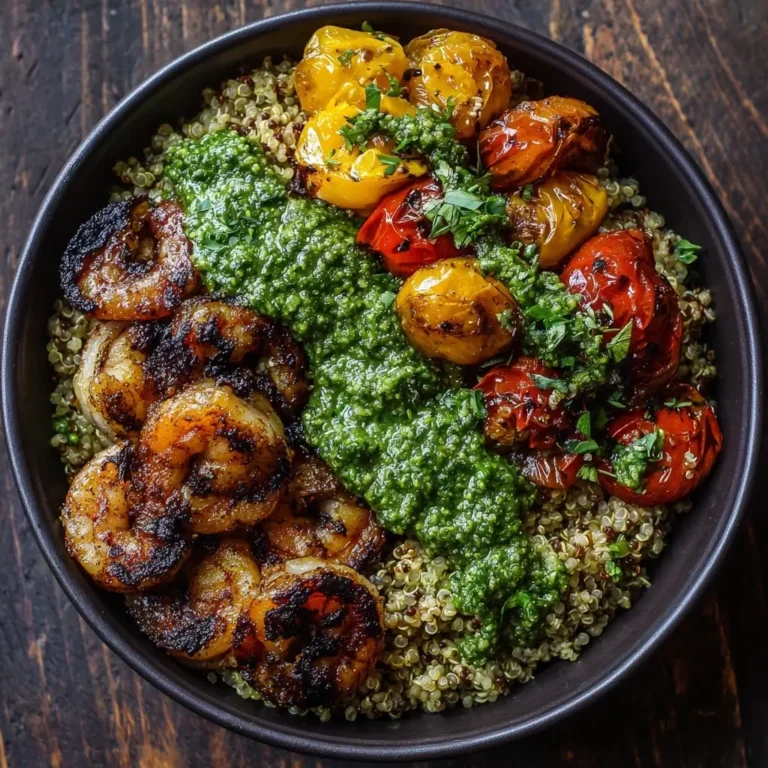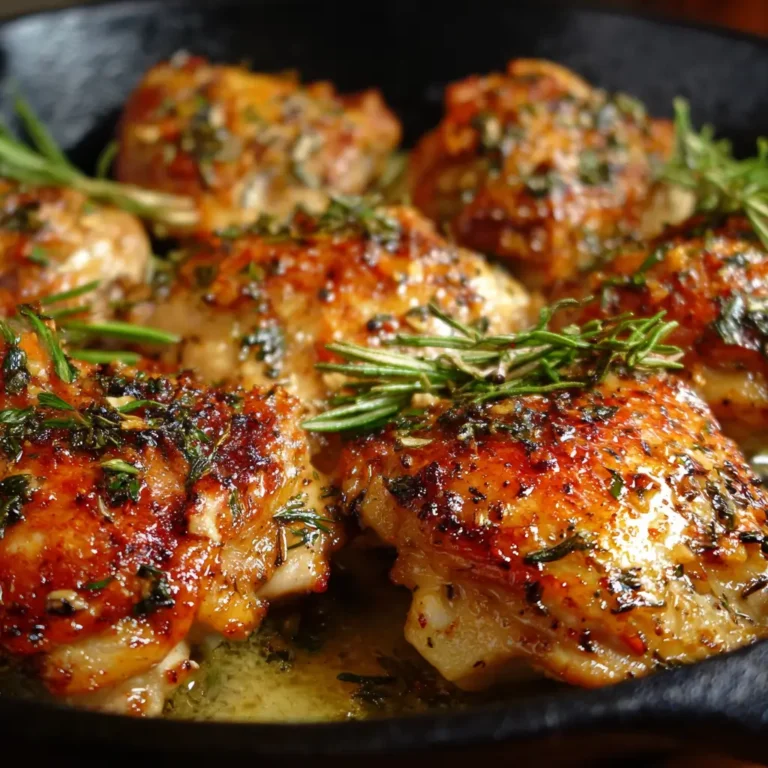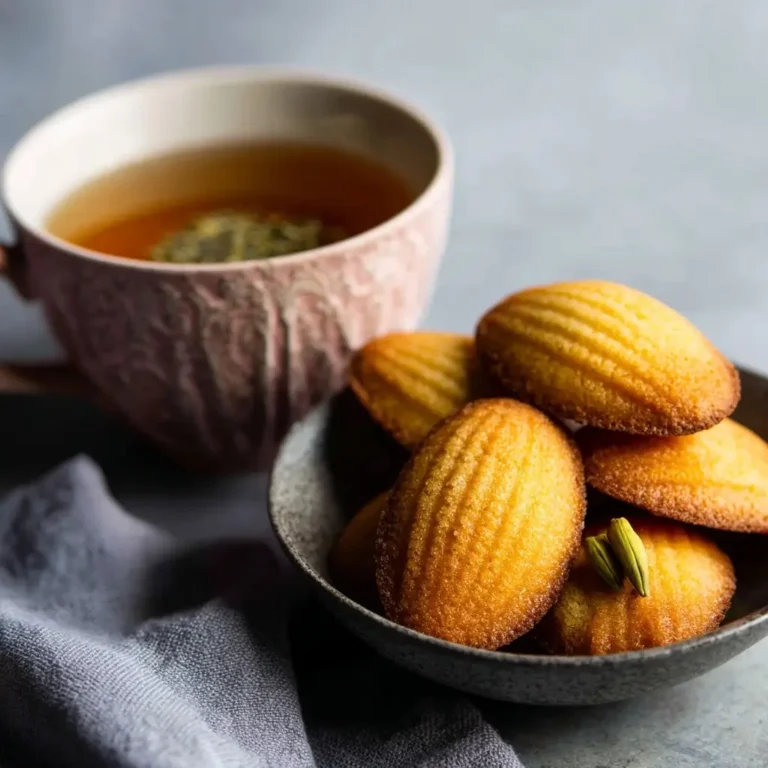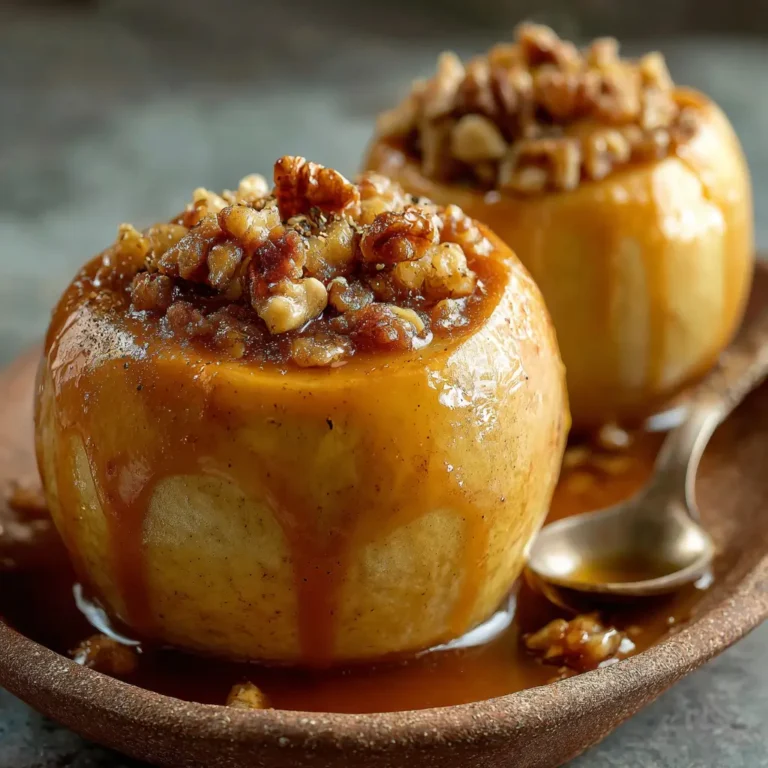Mac & Cheese (Healthier)
Introduction
Macaroni and cheese—affectionately known as mac & cheese—is a beloved comfort food staple in homes across the world. Traditionally rich, creamy, and indulgent, this classic dish often comes with a hefty load of saturated fat, sodium, and refined carbohydrates. But what if you could enjoy all the gooey, cheesy goodness while making it a healthier, nutrient-rich meal? Enter the healthier version of mac & cheese—a delicious reimagining that swaps out heavy ingredients for wholesome alternatives without sacrificing flavor or texture. Whether you’re trying to eat cleaner, manage your weight, or simply fuel your body with better ingredients, this revamped recipe delivers on taste and nutrition. From using whole grains and lean proteins to incorporating hidden vegetables and smart dairy swaps, this guide will walk you through every step of creating a nourishing mac & cheese that satisfies cravings and supports your well-being.
The History
The origins of mac & cheese trace back centuries, long before it became a boxed pantry favorite in American households. The earliest known recipe resembling macaroni and cheese appears in the 14th-century Italian cookbook Liber de Coquina, which describes a dish of pasta mixed with grated cheese. By the 18th century, versions of baked macaroni with cheese were popular in both England and France, often served to aristocracy. Thomas Jefferson played a pivotal role in popularizing the dish in the United States after encountering it during his time in France. He brought back a macaroni machine and served “macaroni pie” at a state dinner in 1802, helping cement its status in American cuisine. The Great Depression and World War II further elevated its popularity due to its affordability and shelf-stable ingredients. In 1937, Kraft Foods introduced the now-iconic boxed version, revolutionizing convenience cooking. Today, mac & cheese remains a cultural favorite—from gourmet restaurant creations to stovetop quick meals. While the traditional versions are undeniably comforting, modern health trends have inspired chefs and home cooks alike to reinvent this classic into a more nutritious, balanced dish that aligns with today’s wellness-focused lifestyles.
Ingredients Breakdown
Creating a healthier mac & cheese starts with thoughtful ingredient choices that boost nutrition without compromising flavor. Here’s a detailed look at each component and why it matters:
- Whole Grain or Legume-Based Pasta: Instead of refined white pasta, opt for whole wheat, brown rice, chickpea, or lentil-based noodles. These provide more fiber, protein, and complex carbohydrates, supporting steady energy and digestive health.
- Low-Fat Milk or Unsweetened Plant-Based Milk: Swap whole milk for unsweetened almond, oat, or soy milk to reduce saturated fat. These alternatives also add variety for those avoiding dairy.
- Reduced-Fat Cheese: Use real cheeses like reduced-fat sharp cheddar, part-skim mozzarella, or low-fat cottage cheese. Sharp cheddar offers bold flavor even in smaller amounts, reducing the need for excess.
- Nutritional Yeast: This deactivated yeast adds a naturally cheesy, umami flavor while contributing B vitamins and protein—perfect for boosting depth without extra fat.
- Butternut Squash or Cauliflower (Pureed): Blended cooked squash or cauliflower creates a creamy texture, adding vitamins A and C, fiber, and antioxidants while cutting down on cheese and butter.
- Whole Wheat Flour or Oat Flour: Used for the roux, these flours are higher in fiber and nutrients compared to refined white flour.
- Olive Oil: Replaces butter for heart-healthy monounsaturated fats and anti-inflammatory benefits.
- Garlic, Mustard, Onion Powder: Flavor enhancers that add complexity without calories or sodium.
- Optional Add-Ins: Include steamed broccoli, sautéed spinach, diced tomatoes, grilled chicken, or turkey bacon for added protein, fiber, and volume.
- Panko Breadcrumbs (Optional Topping): For baking, use whole grain panko mixed with a touch of olive oil and herbs instead of buttery breadcrumbs.
Each ingredient is chosen not just for taste but for its ability to contribute essential nutrients, reduce empty calories, and support overall health goals.
Step-by-Step Recipe
- Cook the Pasta: Bring a large pot of salted water to a boil. Add 8 oz (about 2 cups) of whole grain or legume-based pasta and cook according to package instructions until al dente. Drain and set aside, reserving ½ cup of pasta water for later use.
- Prepare the Vegetable Puree: While the pasta cooks, steam 1½ cups of peeled and cubed butternut squash or cauliflower florets until very tender (about 12–15 minutes). Transfer to a blender or food processor and puree until smooth. Set aside.
- Make the Roux: In a medium saucepan, heat 1 tbsp of olive oil over medium heat. Whisk in 2 tbsp of whole wheat or oat flour and cook for 1–2 minutes, stirring constantly, until golden and fragrant.
- Add Liquids: Gradually whisk in 1½ cups of low-fat milk or unsweetened plant-based milk. Continue whisking to prevent lumps. Cook for 3–5 minutes until the mixture thickens slightly and coats the back of a spoon.
- Incorporate Flavor and Creaminess: Stir in the vegetable puree, ¼ cup of nutritional yeast, 1 tsp Dijon mustard, ½ tsp garlic powder, ½ tsp onion powder, and a pinch of cayenne (optional). Mix well until fully combined.
- Add Cheese: Reduce heat to low. Gradually stir in 1½ cups of shredded reduced-fat sharp cheddar and ½ cup of part-skim mozzarella. Stir until melted and smooth. Taste and adjust seasoning with salt and black pepper.
- Combine with Pasta: Add the cooked pasta to the cheese sauce. Stir gently to coat. If the sauce is too thick, add reserved pasta water, 1–2 tablespoons at a time, until desired creaminess is reached.
- Optional Bake: Preheat oven to 375°F (190°C). Transfer mac & cheese to a greased baking dish. Top with ¼ cup whole grain panko mixed with 1 tsp olive oil and 1 tbsp Parmesan. Bake for 15–20 minutes until golden and bubbly.
- Serve Hot: Let cool slightly, then serve immediately with a side salad or steamed greens.
Tips
- Don’t Overcook the Pasta: Since it will sit in the warm sauce, slightly undercooking it ensures it stays firm and doesn’t turn mushy.
- Blend Vegetables Smoothly: For a truly undetectable veggie boost, blend the squash or cauliflower until completely silky—no chunks!
- Use Strong-Flavored Cheeses: Sharp cheddar, smoked gouda, or aged provolone deliver big flavor with less quantity, helping cut down on fat and calories.
- Boost Protein: Stir in grilled chicken, tuna, black beans, or lentils to make it a complete, satisfying meal.
- Freeze for Later: This recipe freezes well. Store in an airtight container for up to 3 months. Thaw overnight and reheat on the stove with a splash of milk.
- Batch Cook Smart: Double the sauce and freeze half for a quick future meal—just cook fresh pasta and combine.
- Season in Layers: Add spices at multiple stages (roux, sauce, final mix) to build deep, rounded flavor.
- Avoid Boiling the Sauce After Adding Cheese: High heat can cause the cheese to separate or become grainy. Keep it on low and stir gently.
- Let It Rest Before Baking: If baking, allow the dish to sit for 5 minutes before putting it in the oven—this helps the sauce absorb evenly.
- Garnish Wisely: Fresh parsley, chives, paprika, or a drizzle of hot sauce add color and zing without extra calories.
Variations and Customizations
This healthy mac & cheese is incredibly versatile—here are some creative ways to customize it:
- Vegan Version: Use plant-based milk, vegan cheese shreds, and skip dairy entirely. Add miso paste or lemon juice for tanginess.
- Gluten-Free: Choose certified gluten-free pasta and use cornstarch or arrowroot instead of flour for the roux.
- Spicy Kick: Add diced jalapeños, a dash of hot sauce, or a sprinkle of chipotle powder for heat.
- Mediterranean Style: Stir in sun-dried tomatoes, spinach, olives, and feta cheese (or vegan feta).
- Buffalo Chicken Mac: Mix in shredded rotisserie chicken tossed in buffalo sauce and top with a dollop of Greek yogurt.
- Broccoli Cheddar: Fold in steamed broccoli florets and increase cheddar for a classic twist.
- Protein-Packed: Add edamame, chickpeas, or crumbled tofu for extra plant-based protein.
- Keto-Friendly: Use spiralized cauliflower or konjac noodles, full-fat dairy, and a béchamel made with almond flour.
- Breakfast Mac: Add scrambled eggs, diced ham, and a pinch of turmeric for a brunch-inspired dish.
- Curried Mac: Stir in 1 tsp curry powder and a handful of raisins or apples for a sweet-savory fusion.
Health Considerations and Nutritional Value
A typical serving (1 cup) of this healthier mac & cheese provides approximately:
- Calories: 320–380 (depending on variations)
- Protein: 16–22g (higher with legume pasta or added meat/beans)
- Fiber: 6–9g (from whole grains and vegetables)
- Fat: 10–14g (mostly unsaturated from olive oil and low-fat dairy)
- Saturated Fat: 4–6g (significantly lower than traditional recipes)
- Sodium: 350–500mg (controlled by using low-sodium cheese and minimal added salt)
- Vitamins & Minerals: Rich in vitamin A (from squash), vitamin C (cauliflower), calcium, potassium, and B vitamins (especially with nutritional yeast).
Benefits:
- Supports heart health with fiber and healthy fats
- Promotes satiety and stable blood sugar due to complex carbs and protein
- Encourages vegetable intake through sneaky purees
- Reduces processed ingredients and artificial additives
- Can be adapted for various dietary needs: vegetarian, vegan, gluten-free, high-protein
Considerations:
- Monitor portion sizes—even healthy versions are calorie-dense
- Check labels on plant-based cheeses and milks for added sugars or oils
- If using canned beans or pre-cooked meats, choose low-sodium options
- Those with dairy sensitivities should ensure all ingredients are truly lactose-free
Ingredients
- 8 oz (2 cups) whole grain, chickpea, or lentil-based pasta
- 1½ cups peeled and cubed butternut squash or cauliflower florets
- 1 tbsp olive oil
- 2 tbsp whole wheat flour or oat flour
- 1½ cups low-fat milk or unsweetened almond/oat/soy milk
- 1½ cups shredded reduced-fat sharp cheddar cheese
- ½ cup part-skim mozzarella or low-fat cottage cheese
- ¼ cup nutritional yeast
- 1 tsp Dijon mustard
- ½ tsp garlic powder
- ½ tsp onion powder
- Pinch of cayenne pepper (optional)
- Salt and black pepper to taste
- Reserved pasta water (½ cup)
- Optional Topping: ¼ cup whole grain panko + 1 tsp olive oil + 1 tbsp Parmesan
- Optional Add-Ins: Steamed broccoli, sautéed spinach, grilled chicken, etc.
Directions
- Boil salted water and cook pasta until al dente. Drain, reserving ½ cup pasta water.
- Steam squash or cauliflower until tender. Blend into a smooth puree.
- In a saucepan, heat olive oil. Whisk in flour and cook 1–2 minutes to form a roux.
- Gradually pour in milk, whisking constantly. Cook 3–5 minutes until thickened.
- Stir in vegetable puree, nutritional yeast, mustard, garlic powder, onion powder, and cayenne.
- Reduce heat and gradually add cheeses, stirring until melted and smooth.
- Add cooked pasta and toss to coat. Use reserved pasta water to adjust consistency.
- For baked version: transfer to dish, top with panko mix, and bake at 375°F for 15–20 minutes.
- Garnish with fresh herbs and serve warm.
FAQ
Can I make this ahead of time?
Yes! Assemble the dish (without baking) and refrigerate for up to 2 days. When ready, bake as directed, adding a few extra minutes if cold.
How do I reheat leftovers?
Reheat on the stovetop over low heat with a splash of milk to restore creaminess. Microwave in 30-second intervals, stirring in between.
Is this kid-friendly?
Absolutely! The hidden vegetable puree makes it a great way to sneak in nutrients. Many kids don’t notice the difference, especially when sharp cheddar is used.
Can I freeze healthy mac & cheese?
Yes. Cool completely, store in airtight containers, and freeze for up to 3 months. Thaw in the fridge overnight and reheat gently.
Why did my sauce turn grainy?
This usually happens when the cheese is overheated. Always melt cheese on low heat and avoid boiling the sauce after adding dairy.
What can I use instead of nutritional yeast?
While it’s hard to replicate the cheesy flavor, you can increase sharp cheddar or add a small amount of miso paste or lemon juice for depth.
Can I use frozen vegetables?
Yes! Frozen cauliflower or squash works well—just thaw and drain excess moisture before blending.
How can I make it lower in carbs?
Use spiralized zucchini, spaghetti squash, or shirataki noodles as a base instead of pasta.
Summary
This healthier mac & cheese delivers creamy comfort with whole grains, hidden vegetables, and smart dairy swaps for a nutrient-packed upgrade. Satisfying, flavorful, and easy to customize, it’s comfort food that truly nourishes your body.






